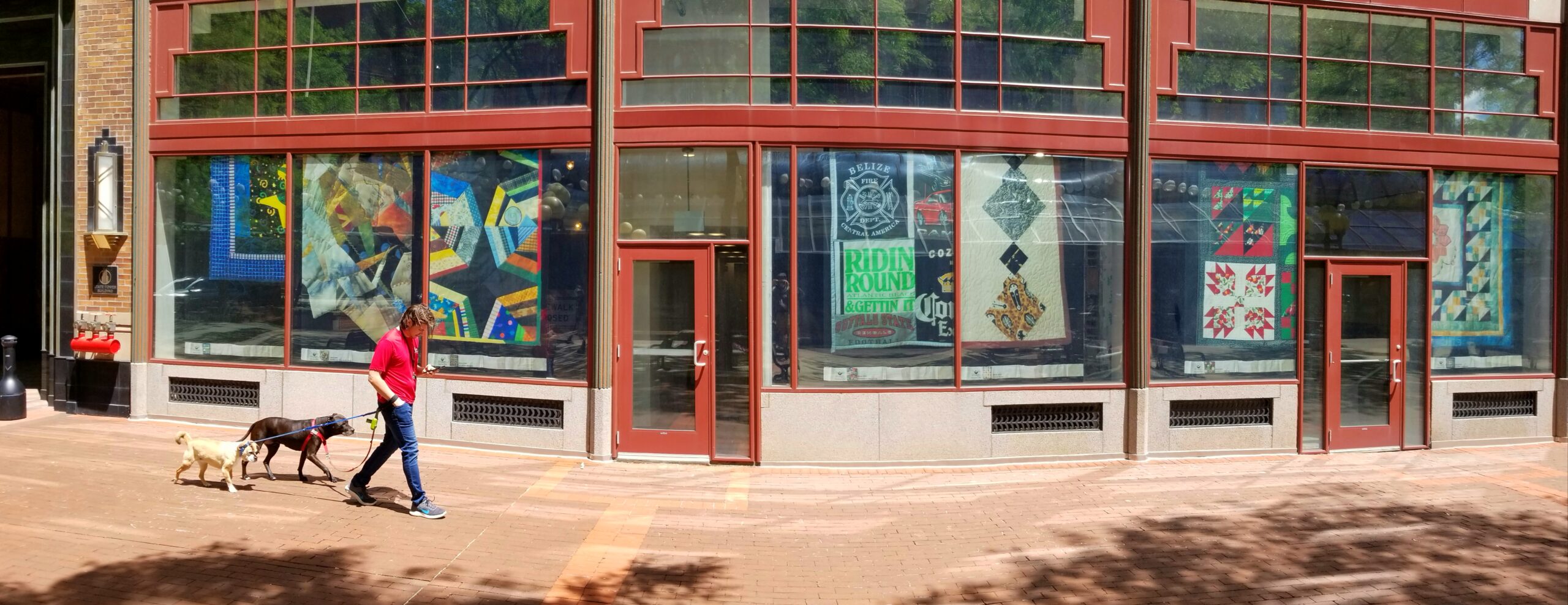COVID-19, one of the largest pandemics in world history, disrupted the lives of millions. Government entities were forced to close down businesses and schools to keep residents safe, resulting in job and income loss. Organizations began to respond to a wave of people facing challenges to accessing food.
The network of nonprofits collaborating on the Life Needs Assessment project (more about this later), however, looked at their real-time data and saw something different than they expected; the data showed that food needs were actually largely being met. This seeming contradiction led our community to look further and to reach out to key players in this field to learn more.
“The presence of these data was a seeming contradiction with national news media hype,” said Frank Ridzi, vice president, community investment at the Central New York Community Foundation. “Images of long lines at food pantries led to further investigation and discussion with food distribution professionals and even follow-ups with individuals who had completed the Life Needs Assessment.”
The Life Needs Assessment is a data source, managed by the Community Foundation, accessible to local funders and organizations committed to serving and helping the community. It functions as a centralized location for these groups to share up to the day information with each other about current needs of their clients and how those are changing.
One of the first places we looked was a long-term partner of the Community Foundation, the Food Bank of Central New York, which serves as a food provider to hundreds of thousands of families in our local community. Luckily, we learned, the federal government implemented legislation that supported farmers and food banks around the nation during the crisis. The result was that desperately needed food was making it into the homes of millions of families. “We have a fire hose of food and we are directing it wherever it needs to go,” said Brian McManus, chief operations officer at Food Bank of Central New York. This was a reassuring finding during an otherwise unnerving period of time.
The Food Bank partners with 370 different food pantries and agencies in Central and Northern New York. The pandemic disrupted typical operations such as sorting and transportation, forcing the organization to be creative on how to get food to those in need. They quickly adapted by implementing more mobile distributions in the communities they serve. Many volunteers and employees spent their evenings and weekends packing food in preparation for deliveries the next day.
“We had to change our model of distribution because it is typically very interactive,” said Karen Belcher, executive director of the Food Bank of CNY. “We found the need to partner with more community organizations in order to expand our accessibility and reach more families, individuals and seniors at this very uncertain time.
The pandemic brought many hardships and challenges for individuals and their families. The Nourish New York Initiative and emergency federal funding helped the Food Bank to obtain food to keep up with the accelerated demand. The Nourish New York Initiative provides funding to the Food Bank to directly purchase fresh produce from local farmers. This permanent initiative secures economic stability for farmers and consistent flow of food for food banks.
“Our pantries have been key partners during the pandemic,” said Belcher. “If the food pantries and soup kitchens hadn’t remained open, our work would have been much different than what we found ourselves in.”
Today, the Food Bank connects to 39 different farmers who grow and produce food. This leads to over 2.2 million pounds of produce and dairy products distributed to the community. To support the efforts to distribute and deliver food, the Central New York Community Foundation awarded them with more than $55,000 in funding from its COVID-19 Community Support Fund.
“The Community Foundation has been a huge resource,” said Belcher. “We share information to collaborate on tackling food insecurity in our communities.”
The Food Bank gives major appreciation and gratitude to the community for stepping up during this trying time for fellow residents.
“Donors and volunteers were major contributors to the effectiveness of packing and distributing food to families,” Belcher stated. “People came in with smiling faces ready to serve.”
The Life Needs Assessment that led CNYCF to re-connect with the Food Bank during this moment of crises is useful not only in identifying where immediate needs are emerging, but also in assuring us when key needs are being met. In this case, it helped us to come to appreciate one of the pandemic’s success stories, that much of the need was being met by the work of the Food Bank of Central New York.
To learn more about the Food Bank of Central New York, visit https://foodbankcny.org/.



